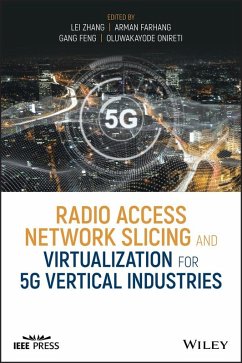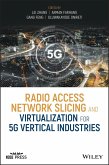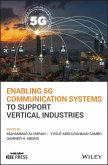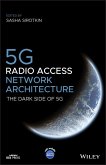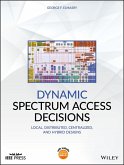Learn how radio access network (RAN) slicing allows 5G networks to adapt to a wide range of environments in this masterful resource Radio Access Network Slicing and Virtualization for 5G Vertical Industriesprovides readers with a comprehensive and authoritative examination of crucial topics in the field of radio access network (RAN) slicing. Learn from renowned experts as they detail how this technology supports and applies to various industrial sectors, including manufacturing, entertainment, public safety, public transport, healthcare, financial services, automotive, and energy utilities. Radio Access Network Slicing and Virtualization for 5G Vertical Industries explains how future wireless communication systems must be built to handle high degrees of heterogeneity, including different types of applications, device classes, physical environments, mobility levels, and carrier frequencies. The authors describe how RAN slicing can be utilized to adapt 5G technologies to such wide-ranging circumstances. The book covers a wide range of topics necessary to understand RAN slicing, including: * Physical waveforms design * Multiple service signals coexistence * RAN slicing and virtualization * Applications to 5G vertical industries in a variety of environments This book is perfect for telecom engineers and industry actors who wish to identify realistic and cost-effective concepts to support specific 5G verticals. It also belongs on the bookshelves of researchers, professors, doctoral, and postgraduate students who want to identify open issues and conduct further research.
Dieser Download kann aus rechtlichen Gründen nur mit Rechnungsadresse in A, B, BG, CY, CZ, D, DK, EW, E, FIN, F, GR, HR, H, IRL, I, LT, L, LR, M, NL, PL, P, R, S, SLO, SK ausgeliefert werden.

